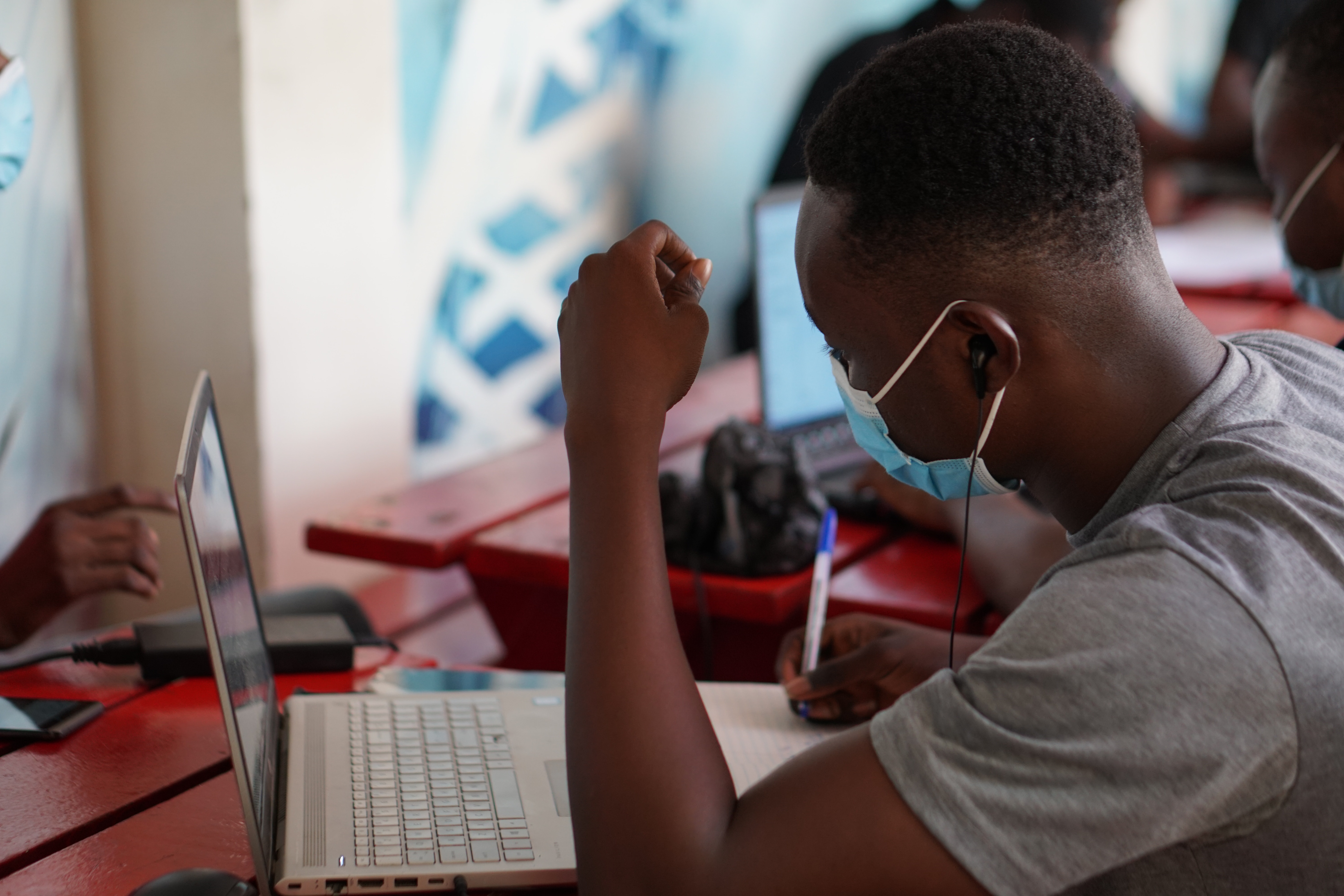
Pandemic resilience of the student housing asset class in Africa
This is the second part of a four-part series written by the CrossBoundary Real Estate team on the evolution of student housing in Africa and its viability as a growing asset class. Read Part 1 here.
Following the coronavirus outbreak’s classification as a pandemic by the World Health Organization in March 2020, UNESCO found that by late April, more than 150 countries had implemented nationwide education sector closures, affecting 84.5% of all enrolled learners worldwide.
In Africa, demand for student housing slightly slowed down during the COVID-19 pandemic due to these closures, but not for long. Student housing as an asset class has shown remarkable resilience in the face of the pandemic and other economic downturns.
In fact, the demand for student housing in Africa continues to grow, driven by significant increases in enrollment rates over the past years. This trend will continue well into the foreseeable future, not only because of the strong population growth on the continent but also because student housing offers better educational experiences and outcomes.

University students in Africa seek independence and conducive learning environments
Most students choose to reside in student housing offered by their school or university, whether on or off campus. Studies have shown that students who reside in university living spaces perform better than those who do not stay in purpose-built student accommodation.
In South Africa, students residing in university residences are likely to see studying as their main occupation, and this, in turn, is believed to have a positive effect on their duration in school and their grades.
During the pandemic, many worried that student housing residents would not keep up with their rent or they would choose to stay at home as classes shifted to virtual. However, it turned out most students returned to campus as soon as possible as they preferred their independence and having a “college experience”. Furthermore, in Africa, rent for student housing is typically paid for by parents or other family members.
Robert Heidel, Regional Operations Manager at GMH University Housing, said, “Students favor the privacy that off-campus housing provides, giving them the freedom to live their life to the fullest during a transformative chapter in their lives.”
This was even the case if classes were being delivered virtually.
Furthermore, in Africa, many students lack the resources (desks, internet, etc.) and comfort level (space and quiet setting) at home to be able to fully concentrate on schoolwork.
Some students CrossBoundary surveyed in Guinea and Kenya confirmed that despite pandemic fears and the changes it brought to social life and teaching methods, students preferred returning to campus or their student housing to continue their courses, even if those classes were conducted virtually.

Digital transformation is found close to campuses in Africa
COVID19 accelerated the digital transformation of higher education as institutions were forced to develop virtual cultures. The pandemic created a new normal for higher education institutions that are redesigning curricula, reshaping teaching, learning and assessment models, and revolutionising the online learning landscape.
This is less true in less-developed economies in Africa where institutions and students alike have financial and technological constraints to such transformation, particularly in rural areas.
Moreover, even where digital transformation happened, these changes are concentrated to locations on or near campuses. A study on the effect of COVID-19 on students and learning spaces in South Africa found institutions are aware that regardless of the advancements in technology and the innovations contributed thus far, students – especially undergraduate students – are still required to be physically present or near their university in order to access the digital services.
Quick adaptation efforts enabled learning continuity
COVID-19 quickly forced changes to the way student housing is organized. As students came back to student residences post-lockdowns, adaptations were introduced to enforce strict hygiene and social distancing measures.
Most institutions reduced the number of students allowed per space and increased the availability of sanitizing products on the premises.
In some cases, adaptation went even further, for example, STAG African a student accommodation group based in South Africa engineered a patented pod design that limits personal interactions to just eight people.

This is the second part of an ongoing series on student housing in Africa from CrossBoundary Real Estate. In Part 3 of our series, we will present the changing models of student accommodation in Africa.
About CrossBoundary Real Estate
CrossBoundary Real Estate, part of CrossBoundary Group, provides financing and development for student and young professional housing and campuses in East Africa. CrossBoundary Real Estate believes developing human capital can contribute significantly to economic growth in Africa and enabling students and young people to succeed will help realize these gains. Its flagship 540-bed Makazi facility located in Kampala, Uganda will provide students and young professionals with safe, comfortable, and affordable accommodation, unmatched on the market. CrossBoundary Real Estate is a direct investment platform of CrossBoundary Group.




